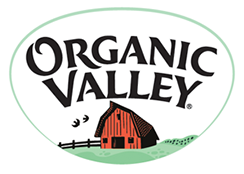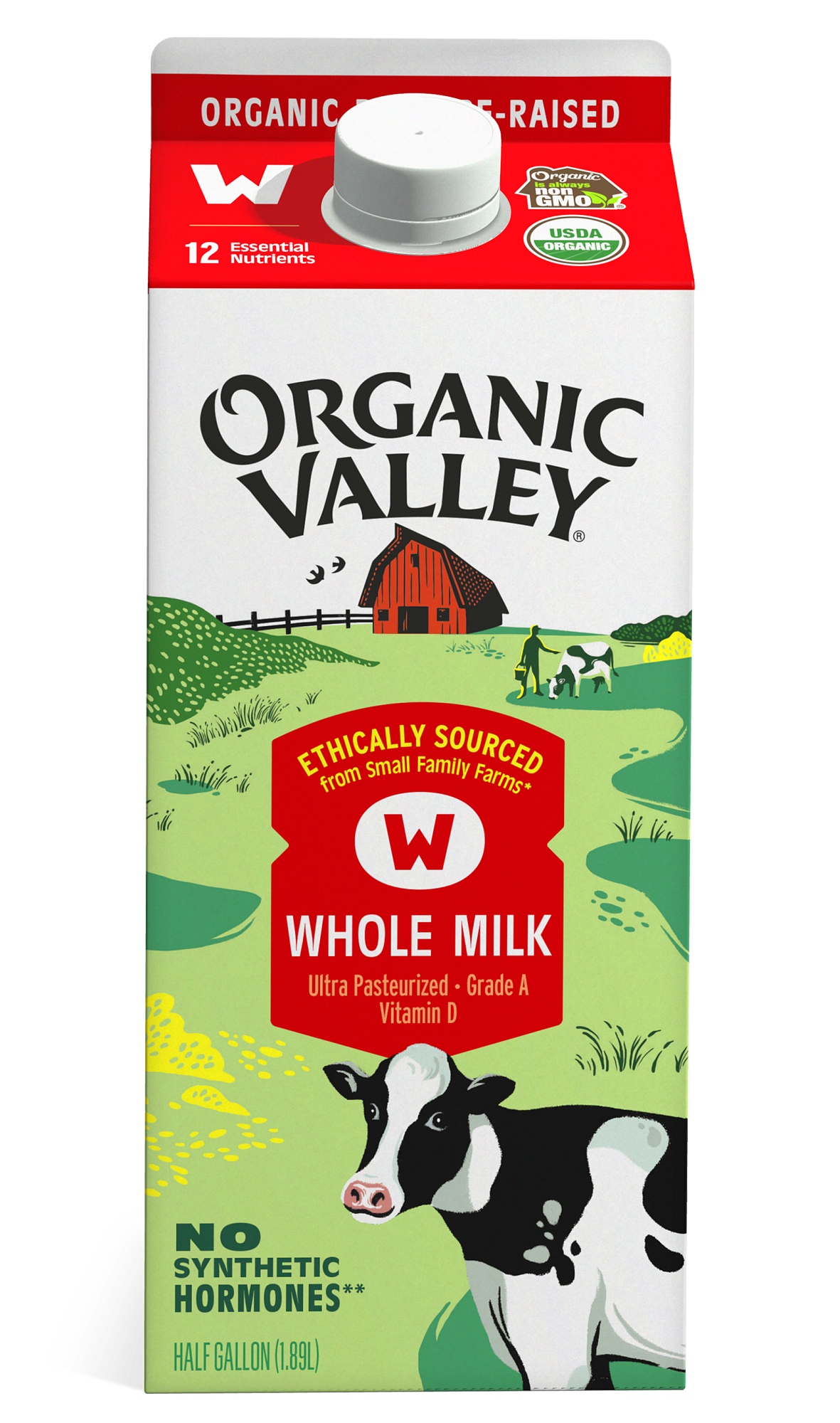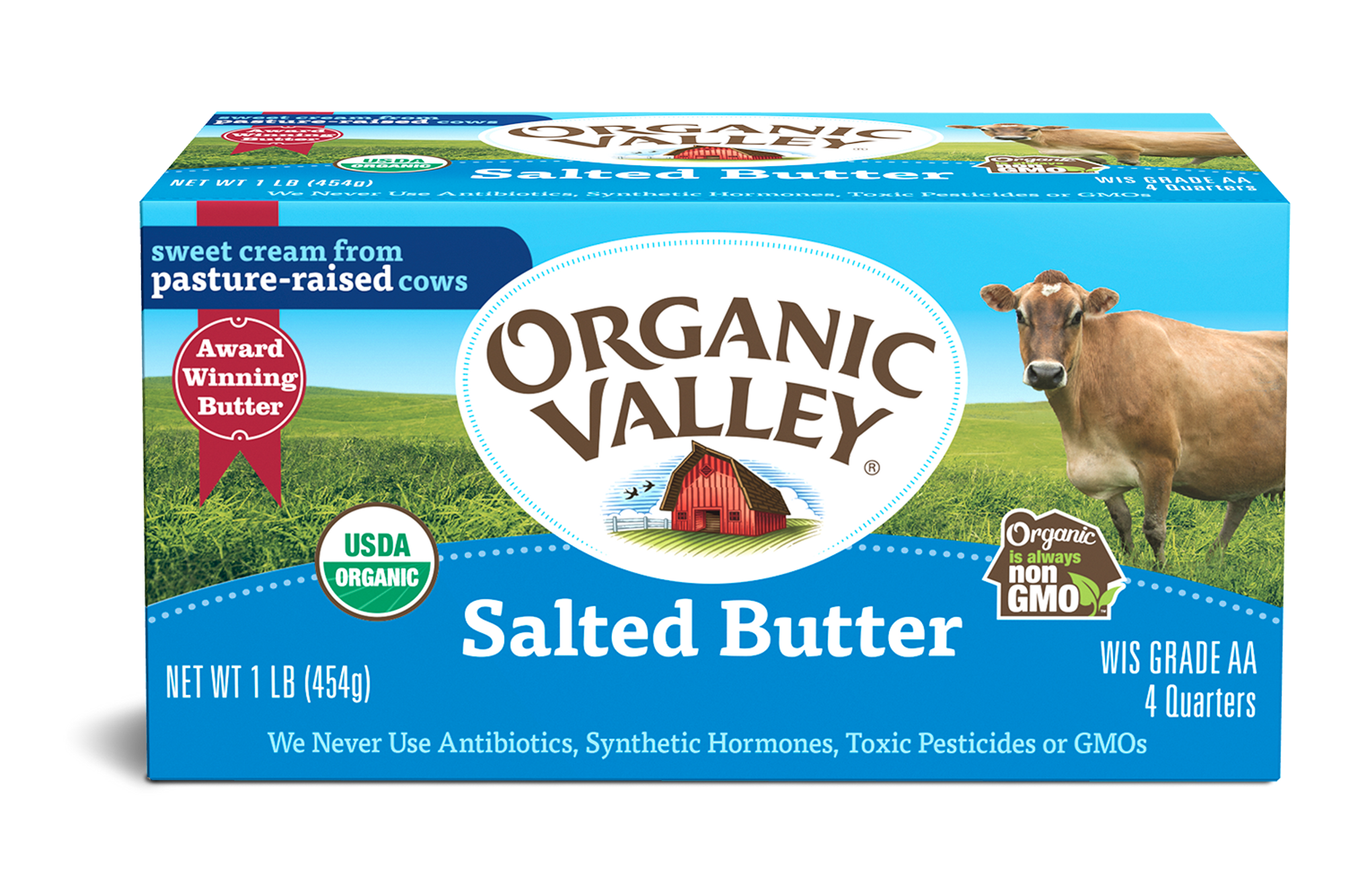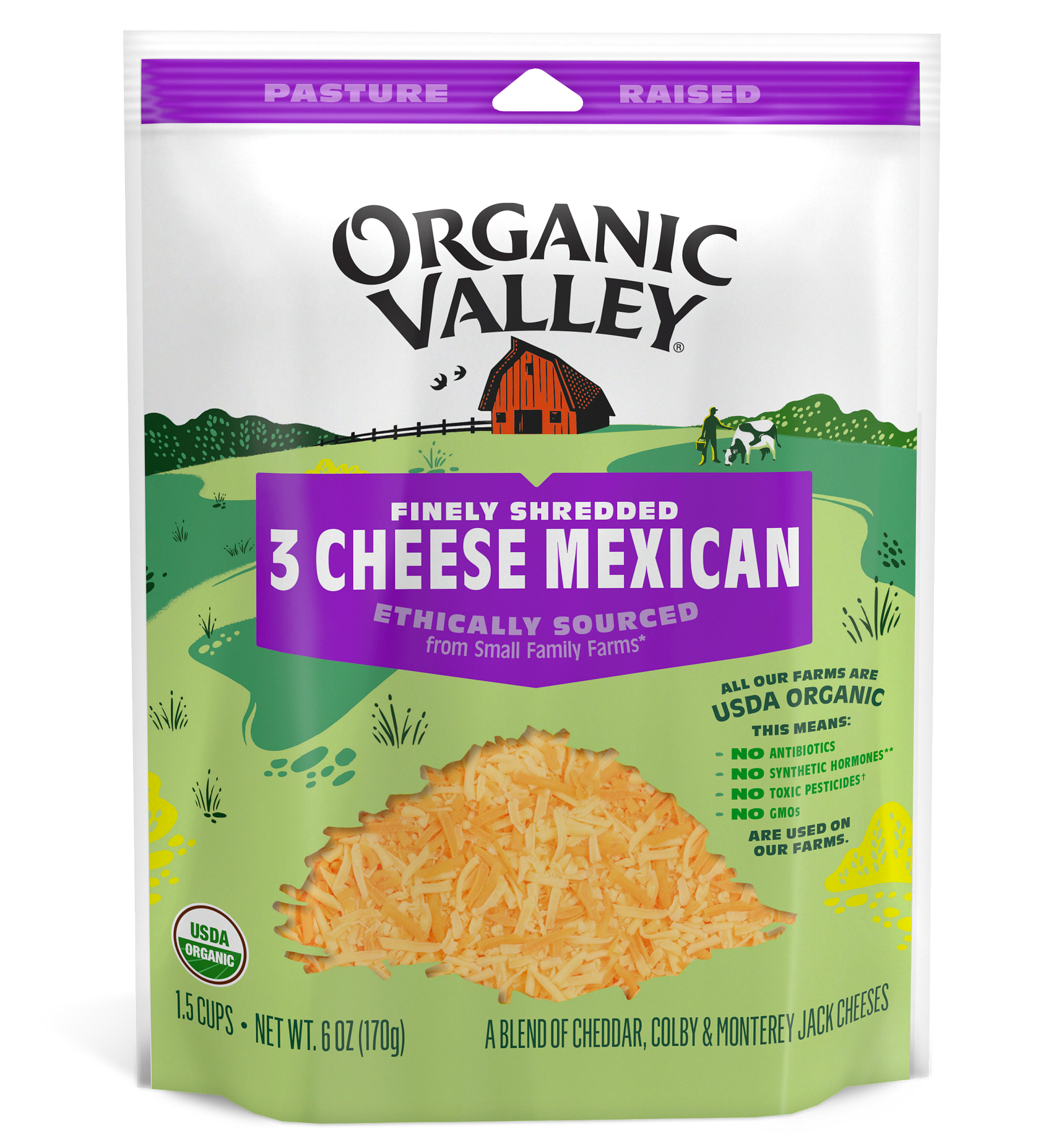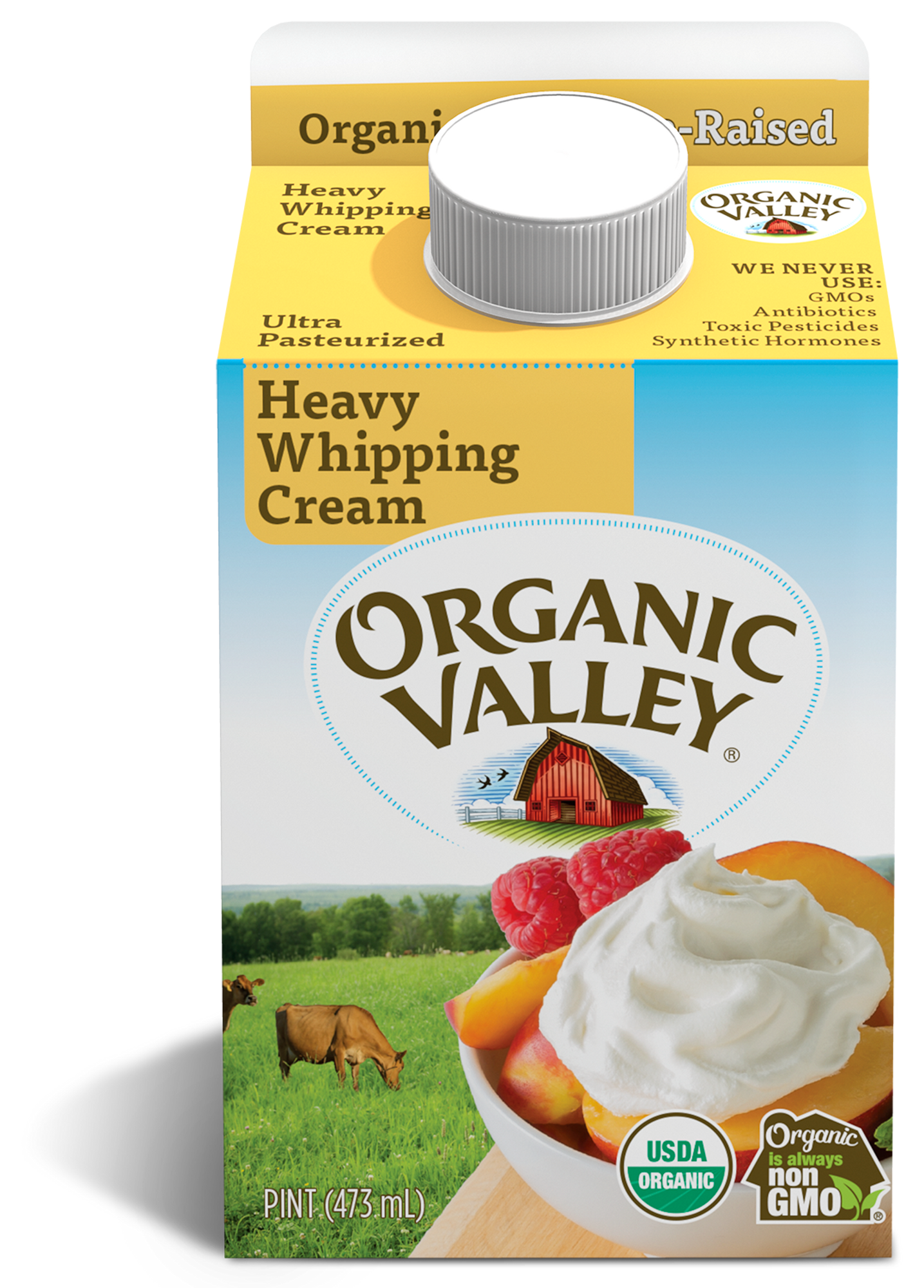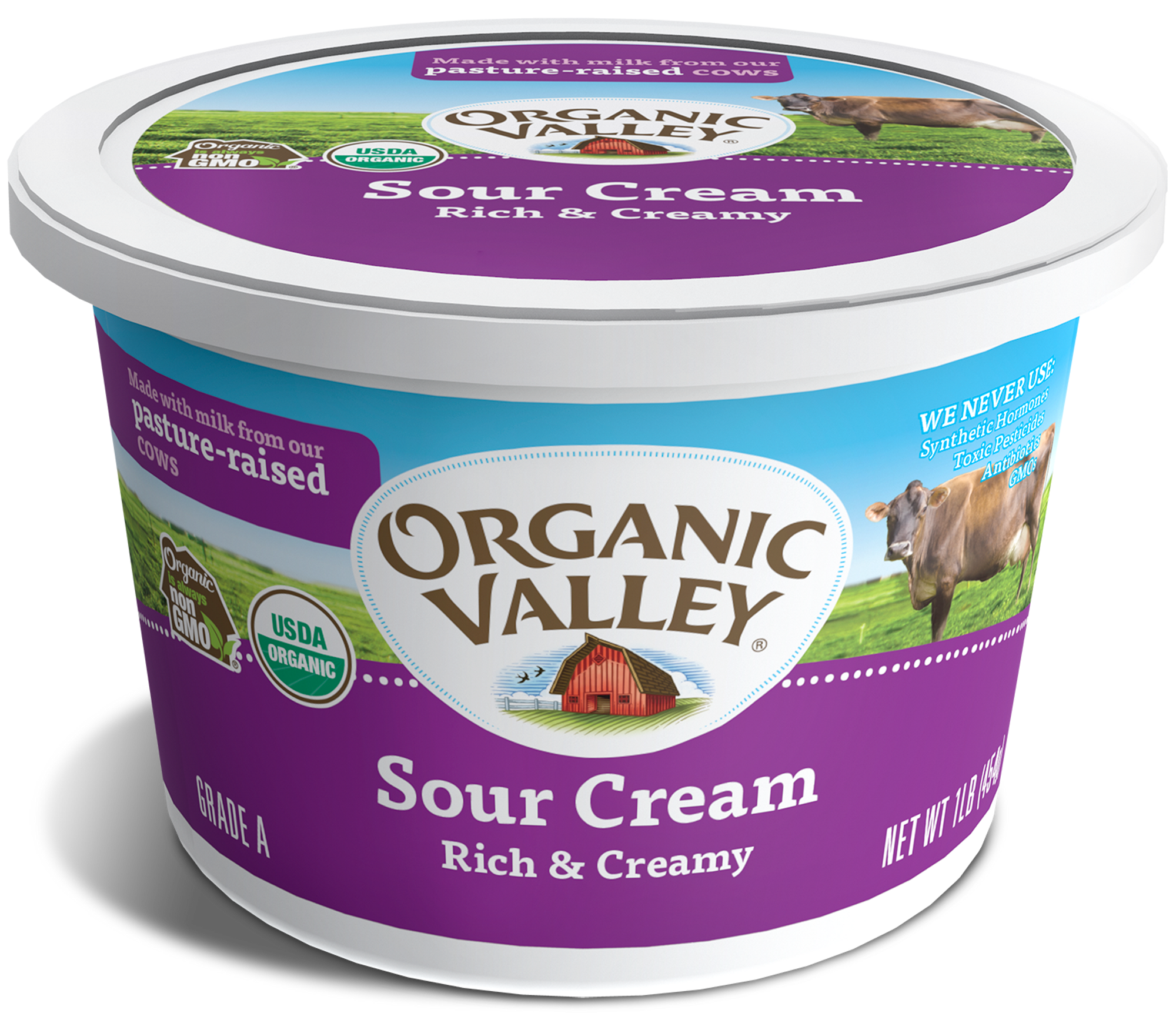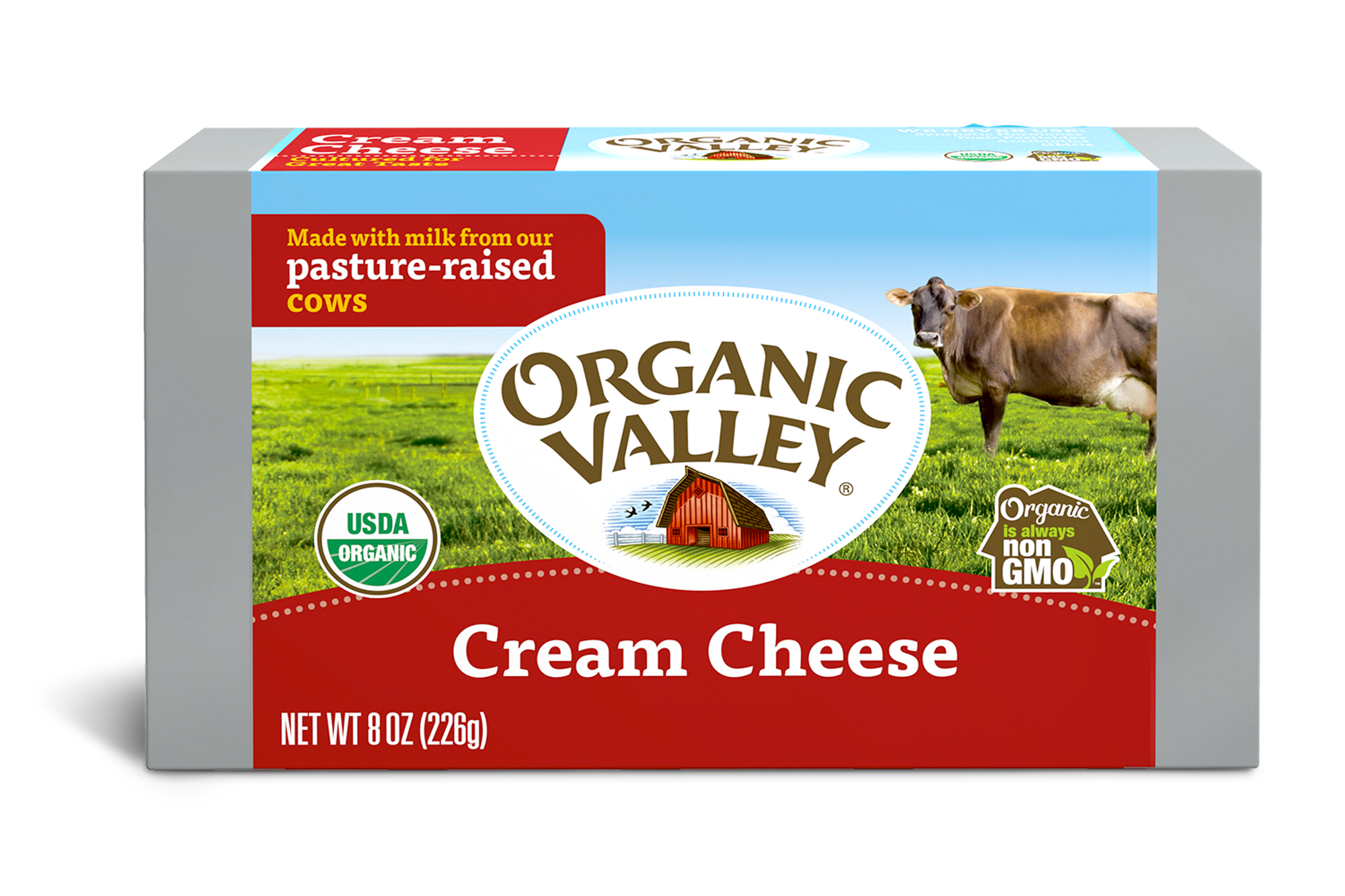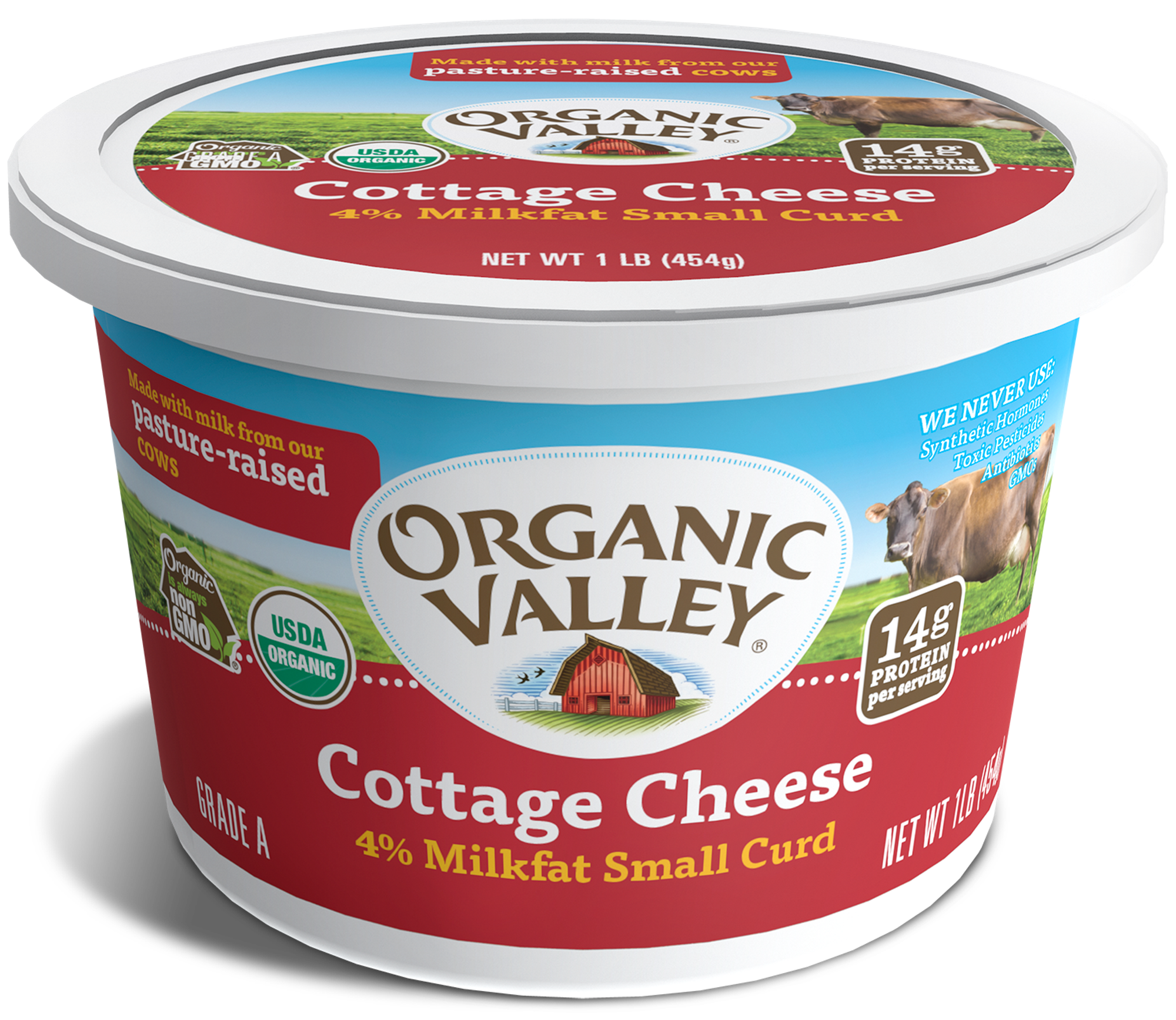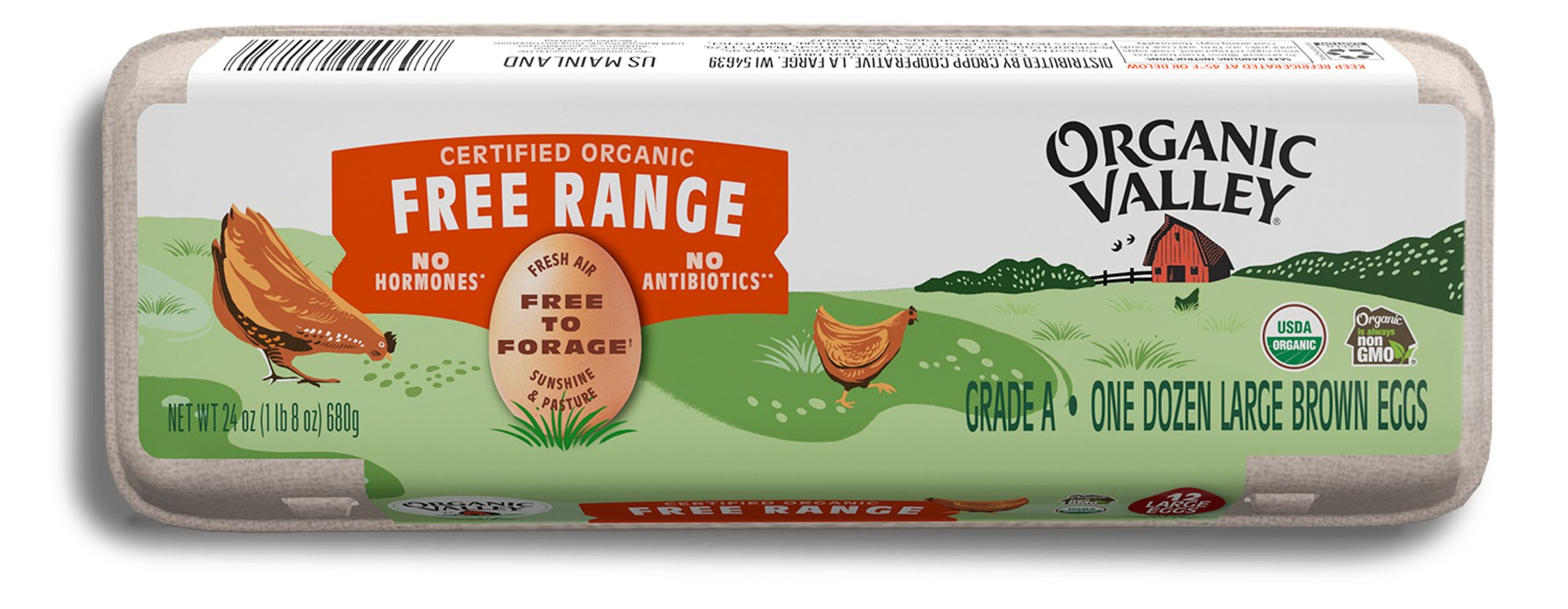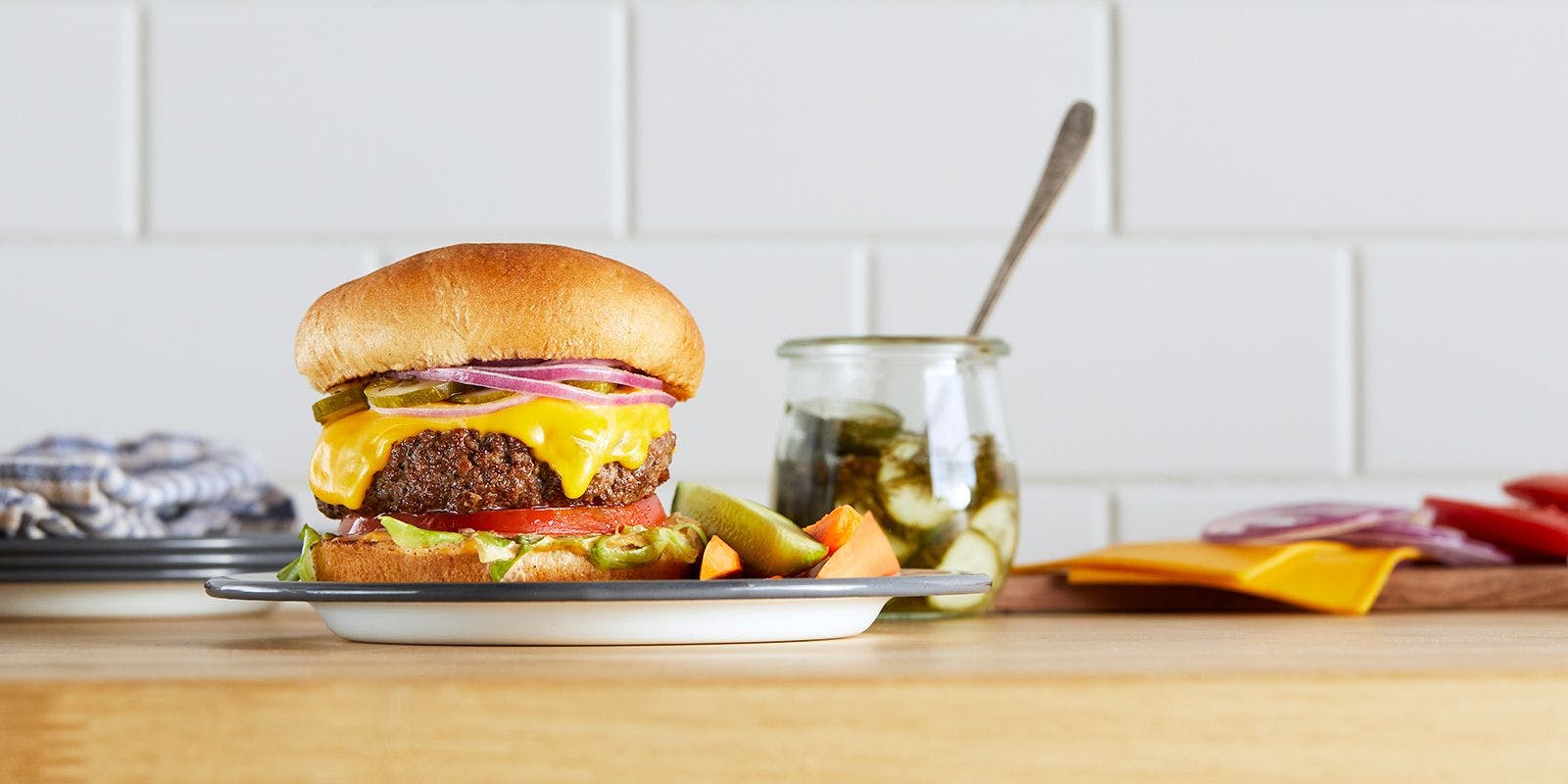
Food
Cottage Cheese Wrap Recipe: 2 Organic Ingredients and a Pinch of Salt

by Jennifer McBride
We needed to know why cottage cheese bread is an instant internet sensation. We take you through the handful of steps in a cottage cheese bread recipe. It’s a protein-packed recipe for a healthier twist on bread. You get to decide if it’s delicious.
Read more